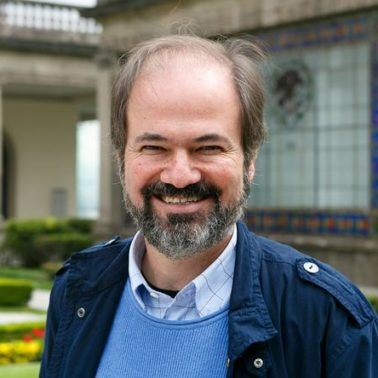 Español
Español
July 27, 2025
by Philip Gambone
Mexico City is a city of juxtapositions—"the tire shop opposite the colonial church, the corporate skyscraper next to the taco stand"—notes the Mexican writer Juan Villoro. For him, the capital city is a labyrinth, a place that constantly changes, a "regulated form of apocalypse," a city that has "grown in order to negate water and air." The largest city in the Western hemisphere, Mexico City has captured the attention of many writers, none any more passionately or perceptively than Villoro.
Born in 1956 in Mexico City, this ardent and irreverent chilango is "among the most visible of contemporary Mexican writers," says Margaret Sayers Peden in her book Mexican Writers on Writing. A journalist, essayist, translator, short story writer, novelist, children's book writer, screenplay writer, and travel memoirist, Villoro has made his mark as a prolific observer of Mexican life—insightful, witty, angry, politically engaged. His 2004 novel, El testigo won the Premio Herralde de Novela. In his acceptance speech, he spoke of the "convulsive political change" that was taking place in Mexico, noting that "in Mexico we have passed from perfect dictatorship to perfect caricature."
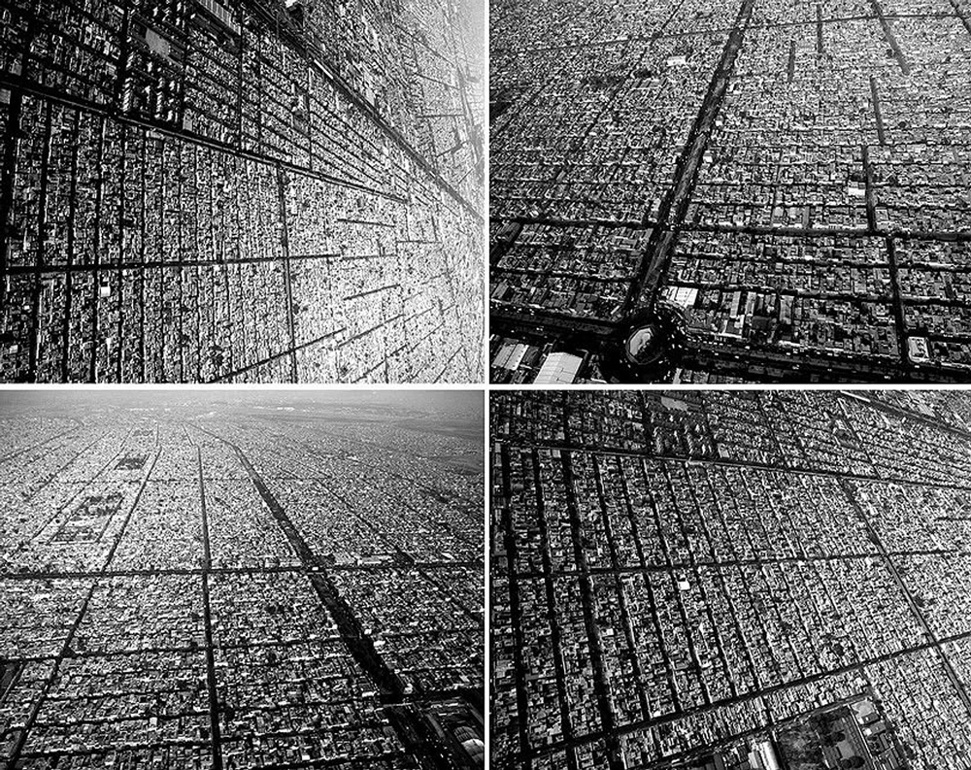
Mexico City sprawl
*
That quip perfectly captures Villoro's keen awareness of the Theater of the Absurd that is Mexico, "this hallucinated nation," he calls it. "The unstable life of Mexicans usually alternates between carnival and drama," he says, "and sometimes partying combines with catastrophe."
In 2018, the Mexican publishing house Almadía came out with Villoro's El Vértigo horizontal: Una ciudad llamada México, translated three years later by Alfred MacAdam as Horizontal Vertigo: A City Called Mexico (Pantheon). The book is the culmination of Villoro's long career as a chronicler of Mexico City.

Horizontal Vertigo is not a book written by a social scientist. Rather, as Néstor García Canclini notes in the Prologue, Villoro engages in "total immersion journalism," aiming for "a coherent or at least credible interpretation" of this city that is so many cities in one. Villoro is a writer who both adores the capital city and is appalled by it: "What we see around us is deficient but magnificent."
Villoro casts his gimlet eye on every aspect of life in Chilangopolis: child poverty, prostitution, organized crime, earthquakes, traffic, the subway system, garbage collection, theme parks, sewers, water distribution, epidemics, the back patio, UFO sightings, the delicate balance between legality and illegality, racism. Of the Mexico City café, he says that it is not, as in other parts of the world, the place where you can escape from snow but "places where you combat haste and can breathe in a different way."
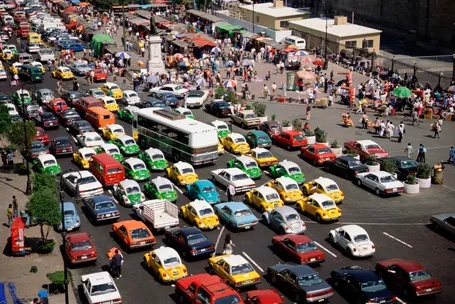
Nothing escapes his attention—the festive, the grand, the surrealistic, the horrible. Of the unbearable traffic, he writes, "We citizens of the capital have turned our cars into chapels for saving our souls. That's the only possible explanation for the fact that we accept embarking on this road of expiation involved in city driving."
In a chapter on Mexican cuisine—"From Eye Candy to Moctezuma's Revenge"—he writes, "We live trying to get somewhere, and that has modified our dining habits, something significant in a country where the preparation time of traditional cooking competes with eternity. If someone invites you to break bread, it is forbidden to be in a hurry: a festive, successful luncheon should last at least five hours."

Marco Antonio Cruz - Hunger Strike
*
According to 2015 statistics, 45 percent of Mexicans live in poverty. "Mexican luxury depends on poverty," Villoro observes. As an example, he tells the story of seventeen-year-old Leonardo, a waiter in the Roma neighborhood, who was on the verge of being fired because an Argentine customer ordered a Coca-Cola and a coffee and Leonardo brought both at the same time. In his defense, the hapless boy said that the customer hadn't said that he wanted the cold drink first and then the hot one. Villoro concludes, "A minor with no money for his school uniform has to satisfy the demands for cold and hot in a restaurant."
Pick at random any page of Villoro's engaging book and you'll come across a little gem of trenchant observation, keen writing, and often sardonic wit. Here's one: "We chilangos are not misinformed. We inventory calamities as if some fantastic algebra would nullify the total number of negative values. We're experts in signs of deterioration, we compare our rashes, we talk about babies with lead in their blood, and pregnant women with placenta previa. It isn't ignorance that keeps us here. We like the city more than we like the truth. Like the Don Juan in Stravinsky's opera The Rake's Progress, we've fallen in love with the bearded lady in the circus."
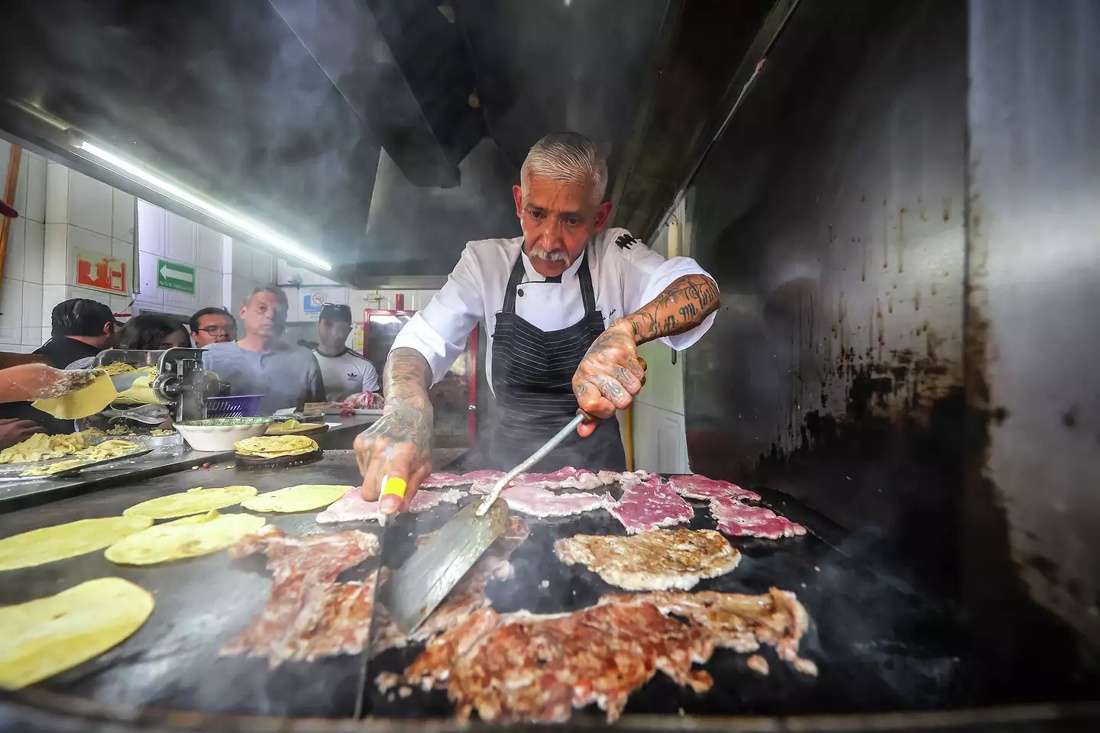
Villoro neither celebrates nor disparages the notorious overcrowding of the capital city. As he puts it, "People from the capital … know it is their only possible condition. If someone finds a taco restaurant with lots of empty tables, they suspect the tacos served there are filled with dog meat. Anything not overflowing is a failure."
These far-ranging essays are interspersed with sketches of various representative chilangos. The word itself derives from the Mayan word xilan, which means "unkempt," and originally referred to criminals and delinquents. Today, it stands for any inhabitant of the capital. Villoro gives us snapshots of the streetside candy seller, the manager ("he complicates life without being responsible for anything"), the nightclub singer, the madman who proclaims himself King of Coyoacán, the tire repair man, the sewer cleaner, the con man: "He calls into question all those who pretend to live in a state of purity."
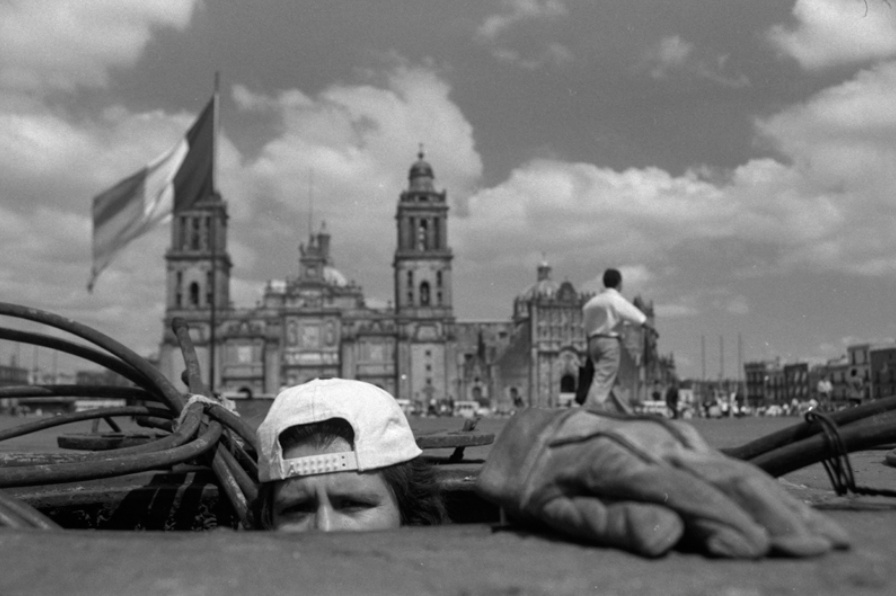
Villoro was originally trained as a sociologist, but Horizontal Verigo reads as something far richer than a mere fact-laden anthropological study. It's literature—elegant, wry, sarcastic, irreverent, joyful, nuanced. It straddles the lines between apocalyptic gallows humor and an ecstatic hymn to this city that is "an inexhaustible encyclopedia." Mexico City may be an impossible place, a monster. Nevertheless, for Villoro, the city—this place "where problems are administered but not solved," this place "where the earth splits open and where people join together"—continues to offer evidence of the glorious human capacity to adapt to outrageous circumstances and somehow learn to live together.
**************

Philip Gambone, a retired high school English teacher, also taught creative and expository writing at Harvard for twenty-eight years. He is the author of six books, including As Far As I Can Tell: Finding My Father in World War II, which was named one of the Best Books of 2020 by the Boston Globe. His new collection of short stories, Zigzag, has just been published by Rattling Good Yarns Press and is available on Amazon, at the Aurora Bookstore, and at the Biblioteca bookshop.
**************
*****
Please contribute to Lokkal,
SMA's online collective:
 ***
***
Discover Lokkal:
Watch the two-minute video below.
Then, just below that, scroll down SMA's Community Wall.
Mission

Visit SMA's Social Network
Contact / Contactar

